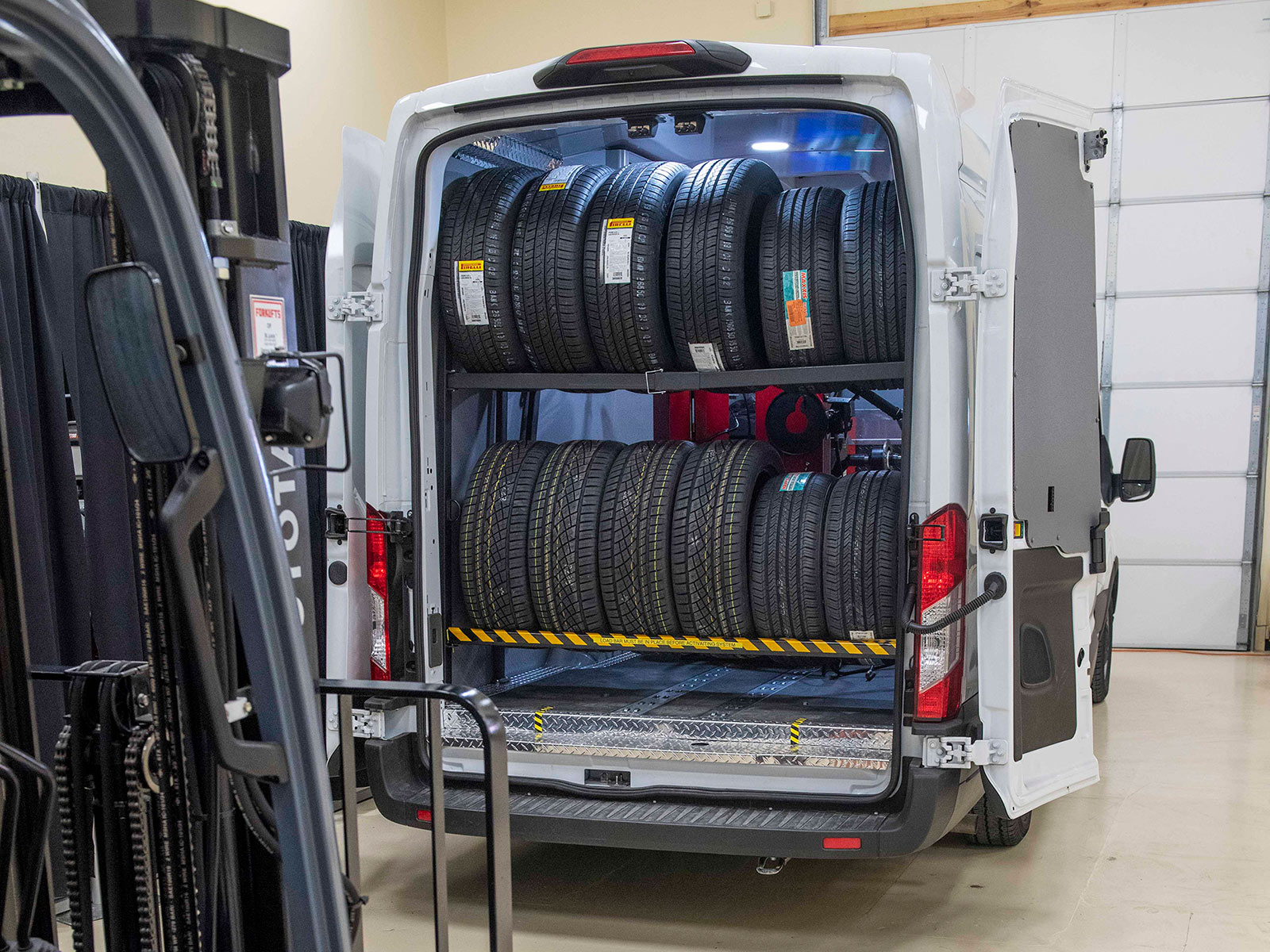Morris Tires: Where GMC Tire Service Fulfills Top Quality
Morris Tires: Where GMC Tire Service Fulfills Top Quality
Blog Article
Tire Solution: The Impact of Climate Condition
When it comes to making sure optimal efficiency and safety on the roadway, understanding the effect of weather problems on tire service is crucial. GMC Tire Service. In this discussion, we will certainly explore the elaborate partnership in between weather conditions and tire service, shedding light on the significance of weather-specific tire upkeep techniques and factors to consider.
Warm and Tire Efficiency
When subjected to heats, tires experience modifications in efficiency that can considerably influence vehicle safety and handling. The heat produced from prolonged driving or hot weather problems triggers the tire rubber to soften, causing decreased walk life and boosted wear. As the rubber becomes softer, the tire's grip when driving reduces, impacting braking distances and overall grip. In extreme cases, excessive heat can even create tire blowouts, positioning an extreme safety and security danger to the lorry and its residents.

Cold Climate Effects
Cold weather conditions can have a significant effect on tire efficiency and safety. In cool weather, tires may likewise lose air stress a lot more swiftly, which can impact taking care of and gas performance.
To reduce the results of cold weather on tires, it is essential to on a regular basis check tire pressure and inflate them to the producer's advised degrees. Using winter months or all-season tires developed for cool weather problems can also enhance grip and grip on icy or snowy roadways. Appropriate tire maintenance, consisting of routine examinations for wear and damages, ends up being a lot more essential throughout chillier months to make sure optimum efficiency and safety and security.
Rainy Conditions Effect
During wet conditions, tire performance and security can be considerably affected by the damp road surface areas and decreased exposure. The step pattern of tires plays a crucial role in keeping grip on damp roads. Tires with worn-out footsteps are a lot more vulnerable to hydroplaning, where a layer of water develops in between the tire and the road surface, leading to loss of traction. To combat this, motorists need to regularly inspect their tires for sufficient step depth and consider purchasing tires specifically created for damp conditions.
In addition, rainy weather can additionally decrease presence, making it challenging for vehicle drivers to see the road ahead clearly (GMC Tire Service). In such conditions, it is important to readjust driving speeds accordingly and keep a safe following range to enable sudden quits. Correctly inflated tires can likewise assist in preserving control on wet roads by supplying better handling and hold
Snow and Tire Safety And Security
Snow-covered roads present unique obstacles for drivers, highlighting the importance of proper tire option and maintenance. When driving in snowy problems, having the appropriate tires can make a significant distinction in safety and performance. Winter months tires are designed with special rubber substances and step patterns to supply much better traction on snow and ice contrasted to all-season tires. The much deeper treads and sipes of wintertime tires assist hold the roadway much better, reducing get redirected here the risk of gliding and sliding.

It is crucial to comply with maker guidelines when installing and using tire chains to stop damage to the tires and car. By choosing the ideal tires, preserving proper rising cost of living, and thinking about added traction aids like tire chains, chauffeurs can improve their security when navigating snow-covered roadways.
Weather-Related Tire Maintenance
When faced with various weather, appropriate tire upkeep comes to be an important element of car safety and security and performance. Weather-related tire upkeep encompasses a variety of techniques aimed at making sure optimal tire function and longevity in different weather situations. One vital facet of weather-related tire maintenance is tire stress regulation. Varying temperature levels can cause tire pressure to differ, impacting grip and gas effectiveness. Regularly checking and readjusting tire pressure according to maker recommendations is important for secure driving in changing weather conditions. In addition, tire walk depth plays a substantial function in handling different climate components. Tires with adequate tread depth give far better hold on wet or icy roadways, lowering the danger of hydroplaning or skidding. Examining tire walk on a regular basis and replacing tires when walk wear gets to a certain depth is vital for keeping traction and security in adverse climate. By focusing on weather-related tire upkeep, chauffeurs can improve safety, boost automobile efficiency, and prolong the life-span of their tires.
Conclusion
In conclusion, weather conditions have a significant impact on tire efficiency and safety and security. From heat affecting tire pressure and use to cold climate decreasing traction, it is crucial to take into consideration the climate when preserving and using tires.
In this discussion, we will check out the elaborate relationship between weather problems and tire service, dropping light on the relevance of weather-specific tire maintenance techniques and considerations.

Report this page